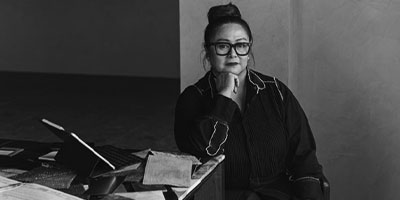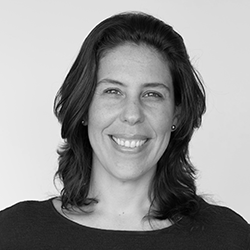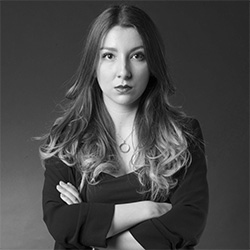
Cecil
Ravelas

Country
PhilippinesOccupation
Design Project ManagerSchool
MILANO DESIGNDegree year
2016Alumni Stories
DISCOVER MORE
INTERIOR DESIGN
Aurora de la Fuente

INTERIOR DESIGN
Alessandra Canessa

INTERIOR DESIGN
Camilla Scalfi

{x} marangoni.alumniStories.stories_en_GB
